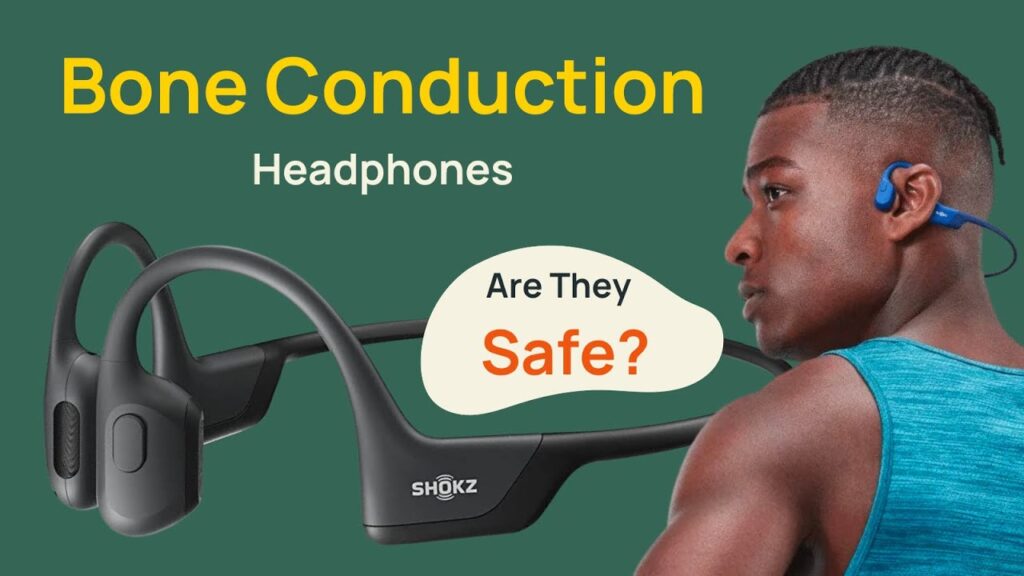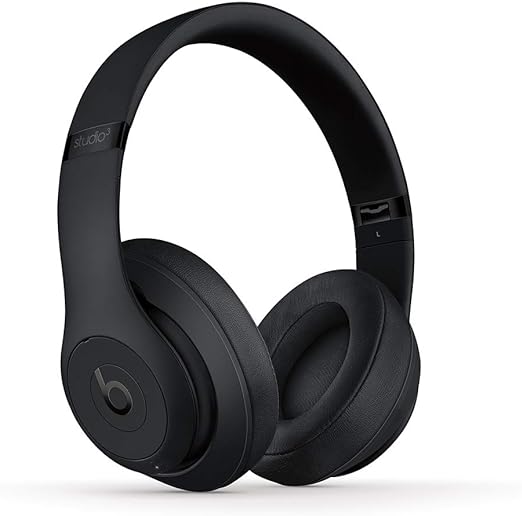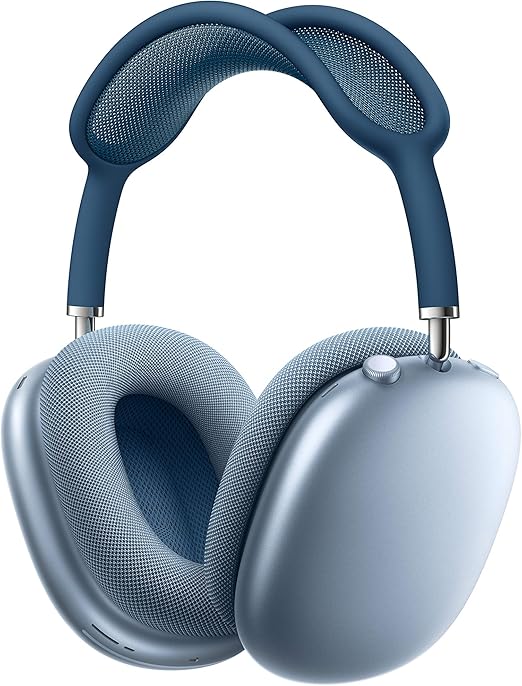Bone-conduction headphones are generally safe for most users. They allow sound to reach your inner ear without blocking your ear canal.
Bone conduction headphones use vibrations to transmit sound through your skull. This technology makes them an excellent choice for those who enjoy music while remaining aware of their surroundings. Unlike traditional headphones, they don’t cover or insert into the ears, reducing the risk of ear damage or infections.
These headphones are particularly beneficial for individuals with hearing impairments or those who find conventional headphones uncomfortable. They also enhance safety during outdoor activities, as users can hear ambient sounds. Overall, bone conduction headphones provide a unique listening experience while promoting ear health and awareness of the environment.
The Basics Of Bone Conduction Technology
Bone conduction technology offers a unique way to hear sound. It bypasses the outer ear and directly stimulates the inner ear. This method is helpful for people with hearing issues. It also allows users to stay aware of their surroundings.
How Bone Conduction Works
Bone conduction works by sending vibrations through the bones of the skull. Here’s how it happens:
- Sound waves travel to the bone conduction device.
- The device converts sound into vibrations.
- These vibrations pass through the skull.
- The inner ear picks up the vibrations.
- The brain interprets these vibrations as sound.
This technology allows users to listen to music or calls. They can do this while still hearing outside noise. It’s especially popular among athletes and outdoor enthusiasts.
History And Evolution Of Bone Conduction Headphones
The journey of bone-conduction headphones started over a century ago.
| Year | Event |
|---|---|
| 1861 | First documented use of bone conduction by a scientist. |
| 1960s | Development of bone conduction hearing aids. |
| 2000s | Introduction of bone conduction headphones for consumers. |
| Present | Popular use in sports and fitness. |
Bone conduction headphones have evolved significantly. They are now lightweight and offer great sound quality. Many brands focus on comfort and style.
- Popular brands include:
- AfterShokz
- Shokz
- Panasonic
- Users enjoy hands-free calling.
- They are also sweat-resistant and durable.
SHOKZ OpenRun Pro – Open-Ear Bluetooth Bone Conduction Sport Headphones, Sweat Resistant Wireless Earphones for Workouts and Running with Premium Deep Base – Built-in Mic, with Hair Band, Black
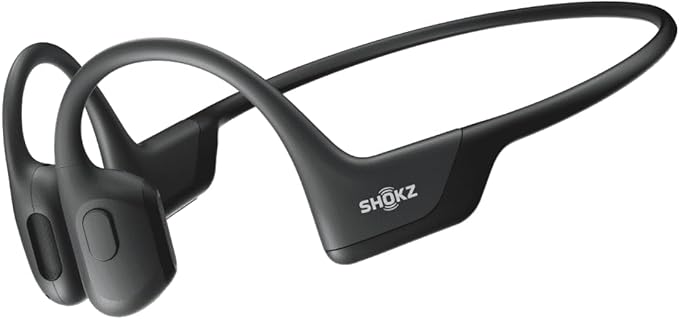
| Brand | SHOKZ |
| Color | Black |
| Ear Placement | Open Ear |
| Form Factor | Over Ear |
| Noise Control | None |
About this item
- Open-Ear Comfort – OpenRun Pro features our best fit yet. Avoid the discomfort of in-ear headphones with our bud-free design. These headphones stay put during any workout. Includes Shokz headband.
- Safety & Connection – OpenRun Pro ensures you enjoy your favorite audio with awareness of your environment for improved connection and safety compared to traditional earbuds or over-ear headphones.
- Premium Sound Quality – Experience premium audio delivered through your cheekbone with our 9th bone conduction technology. Engineered with Shokz TurboPitch technology, OpenRun Pro headset features our best listening experience with clear sound, powerful volume, and a rich bass.
- Secure Fit – A lightweight, wraparound titanium frame keeps your wireless headphones stable and in place during intense training.
- 10 Hours of Music & Calls – Enjoy ten continuous hours of music, calls and podcasts with our Bluetooth headphones. OpenRun Pro also features a 5-minute quick charge for up to 1.5 hours of battery life

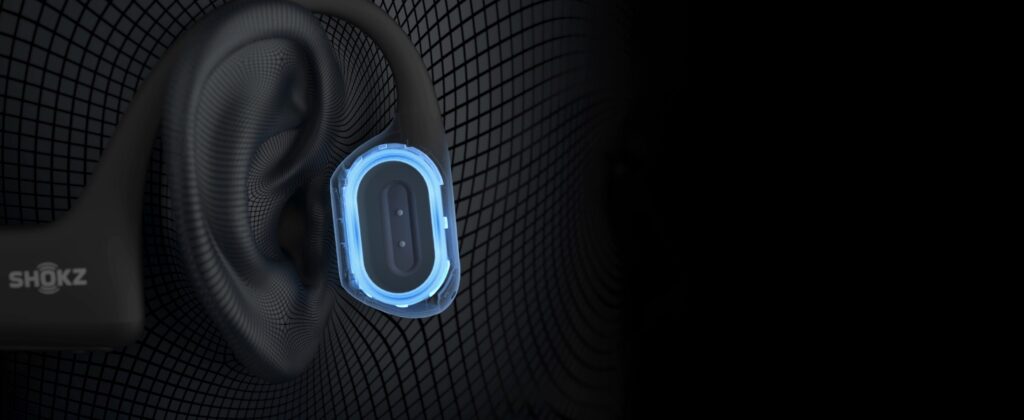
Product information
| Sensitivity | 105 dB |
|---|---|
| Headphones Jack | 3.5 mm Jack |
| Model Name | OpenRun Pro |
| Connectivity Technology | Wireless |
| Wireless Communication Technology | Bluetooth |
| Special Feature | Lightweight, Multipoint Pairing, Fast Charging, Microphone Included |
| Included Components | User Guide, Openrun Pro Wireless Stereo Bone Conduction Headphones, Sport Headband, Magnetic Induction Charging Cable, Hard Shell Carrying Case |
| Age Range (Description) | Adult |
| Material | Nickel-Titanium Alloy, Silicone, Plastic |
| Specific Uses For Product | Travel, Professional, Fitness |
| Charging Time | 1 Hour |
| Recommended Uses For Product | Cycling, Motorcycling, Running, Calling, Exercising |
| Compatible Devices | Bluetooth-enabled devices |
| Theme | Sports |
| Control Type | Volume Control |
| Cable Feature | Without Cable |
| Item Weight | 29 Grams |
| Water Resistance Level | Water Resistant |
| Package Type | Standard Packaging |
| Unit Count | 1 Count |
| Style | Modern |
| Control Method | Touch |
| Number of Items | 1 |
| Controller Type | Button |
| Battery Life | 10 Hours |
| Audio Driver Type | Bone Conduction Driver |
| Bluetooth Range | 33 Feet |
| Bluetooth Version | 5.1 |
| Earpiece Shape | Rounded tip |
| Is Autographed | No |
| Is Electric | Yes |
| UPC | 850033806168 |
| Manufacturer | shokz limited corporation |
| Product Dimensions | 9.45 x 27.17 x 0.98 inches |
| Item Weight | 1.02 ounces |
| ASIN | B09BVXT8TJ |
| Item model number | S810 |
| Batteries | 1 A batteries required. (included) |
| Customer Reviews | 4.6 4.6 out of 5 stars 21,035 ratings 4.6 out of 5 stars |
| Best Sellers Rank | #291 in Electronics (See Top 100 in Electronics) #2 in Open-Ear Headphones #20 in Over-Ear Headphones |
| Is Discontinued By Manufacturer | No |
| Date First Available | September 1, 2021 |
| Country of Origin | China |
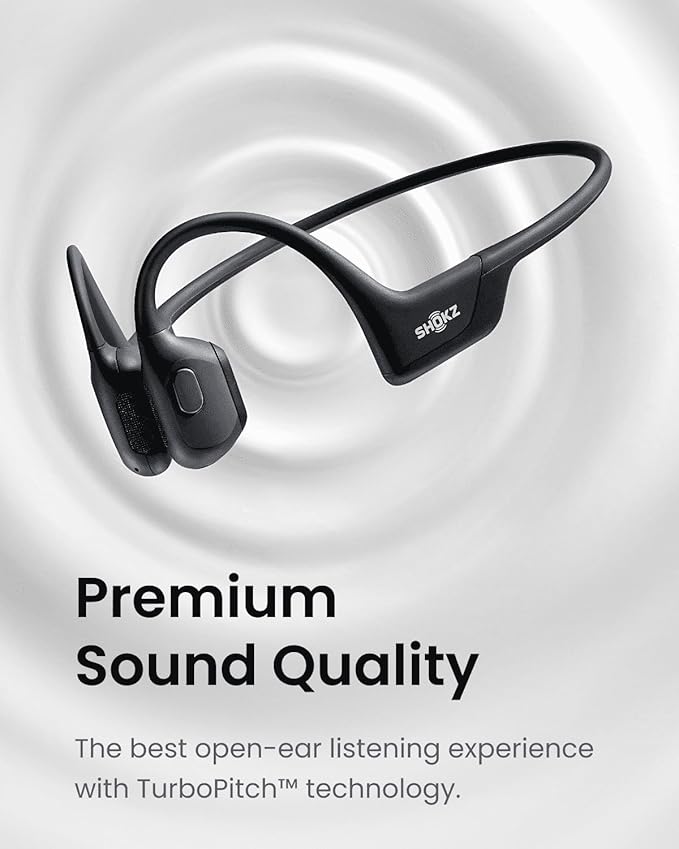
Comparing Traditional And Bone Conduction Headphones
Bone conduction headphones offer a unique way to listen to music. They work differently than traditional headphones. Understanding their differences can help users make informed choices.
Sound Quality Differences
Traditional headphones use speakers placed inside or over the ears. They deliver sound directly to the eardrum. This method usually provides rich audio quality and deep bass. Many users prefer it for an immersive experience.
Bone conduction headphones transmit sound through the bones of the skull. They do not cover the ears. This design allows ambient sounds to be heard. While some users enjoy the clarity, others find the bass lacking.
| Feature | Traditional Headphones | Bone Conduction Headphones |
|---|---|---|
| Sound Quality | Rich and immersive | Clear but less bass |
| Ear Coverage | Covers ears | Does not cover ears |
| Able to hear surroundings | No | Yes |
Design And Comfort Considerations
Traditional headphones come in various styles. Options include over-ear, on-ear, and in-ear. Comfort varies by design and personal preference. Some users find them heavy after long use.
Bone conduction headphones are lightweight and comfortable. They sit on the cheekbones. This design minimizes ear fatigue. They are ideal for long listening sessions. Users can enjoy music while staying aware of their surroundings.
Consider these factors:
- Weight
- Ear coverage
- Padding
- Durability

Investigating The Safety Of Bone Conduction Headphones
Bone conduction headphones have gained popularity for their unique design. They transmit sound through the bones of the skull. Many users wonder about their safety. Let’s dive into the potential risks and expert opinions on these devices.
Potential Risks And Concerns
While bone conduction headphones offer benefits, some risks exist. Here are the main concerns:
- Hearing Damage: Prolonged use at high volumes can harm hearing.
- Discomfort: Some users report discomfort during extended use.
- Bone Health: Constant pressure may affect bone health over time.
- Environmental Awareness: Using them in noisy areas can distract users.
Awareness of these risks is crucial for safe usage. Users should monitor volume levels. Taking breaks can reduce discomfort and prevent potential damage.
Expert Opinions And Research Findings
Experts have conducted studies on the safety of bone conduction headphones. Here are some key findings:
| Study | Findings |
|---|---|
| Hearing Safety Study | Low volume levels are safe for long-term use. |
| Comfort Research | Most users experience minor discomfort initially. |
| Bone Health Analysis | No significant bone damage observed with normal use. |
Experts suggest keeping volume low. They recommend taking regular breaks during listening sessions. These practices enhance comfort and safety.
Bone conduction headphones can be safe with proper use. Users should stay informed about risks and follow expert advice.
Hearing Health And Bone Conduction Devices
Bone conduction headphones offer a unique way to listen. They send sound vibrations through the bones of your skull. This method bypasses the outer and middle ear. Many wonder about their impact on hearing health. Let’s explore how they affect ear health and their suitability for people with hearing impairments.
Impact On-Ear Health
Bone conduction devices are often seen as safe. They do not block the ear canal. This feature allows the user to hear surrounding sounds. Here are some key points about their impact on ear health:
- Reduced risk of ear infections: No direct contact with the ear canal.
- Less earwax buildup: Keeps the ear canal open.
- Comfortable wear: Ideal for long listening sessions.
Some users may feel discomfort at first. Adjusting to the sensation may take time. Regular use generally leads to comfort.
Suitability For Individuals With Hearing Impairments
Bone conduction headphones can benefit those with hearing impairments. They work well for individuals with certain types of hearing loss. Here are the benefits:
| Hearing Loss Type | Bone Conduction Benefit |
|---|---|
| Conductive Hearing Loss | Bypasses damaged parts of the ear. |
| Single-Sided Deafness | Provides sound to the unaffected ear. |
Many people with hearing impairments find bone conduction headphones helpful. They offer an alternative listening method. Consulting an audiologist is wise for personalized advice.
User Experiences And Anecdotal Evidence
Many users have shared their experiences with bone conduction headphones. Their stories highlight both the benefits and drawbacks. Personal feedback often provides insights that research cannot. Here, we explore testimonials and comparative feedback from diverse user groups.
Testimonials From Long-term Users
Long-term users often have the best insights. Their experiences reveal how these headphones perform over time. Here are some key points from their testimonials:
- Comfort: Most users find them comfortable for extended wear.
- Sound Quality: Users appreciate the clarity, especially in outdoor settings.
- Safety: Many feel safer as they can hear their surroundings.
- Durability: Long-term users report good durability with daily use.
Many have reported a smoother transition from traditional headphones. Users find it easy to adapt to the new technology.
Comparative Feedback From Various User Groups
Feedback varies across different groups. Here’s how different users perceive bone conduction headphones:
| User Group | Feedback |
|---|---|
| Fitness Enthusiasts | Great for running and cycling; hear surroundings well. |
| Office Workers | Good for multitasking; can take calls and listen to music. |
| Individuals with Hearing Loss | Find them helpful; easier to hear sounds. |
| Parents | Safe for kids; allows them to be aware of their environment. |
Feedback shows that bone conduction headphones meet various needs. Users appreciate the unique advantages for different lifestyles.
Making An Informed Decision On Bone Conduction Headphones
Bone conduction headphones offer a unique way to listen to music. They send sound through your skull to your inner ear. This keeps your ears open to hear the surrounding sounds. Understanding their safety and effectiveness is crucial.
Before buying, you must know how to use them safely. You also need to choose the right model for your needs. Here are some guidelines to help you make an informed choice.
Guidelines For Safe Use
- Volume Control: Keep the volume at a safe level. High volumes can damage your hearing.
- Duration: Limit use time. Extended use may cause discomfort.
- Awareness: Stay aware of your surroundings. It’s important for safety.
- Fit: Ensure a proper fit. A good fit improves sound quality.
- Hygiene: Clean the headphones regularly. This prevents ear infections.
Choosing The Right Model For Your Needs
Picking the right model matters. Here are key factors to consider:
| Feature | Considerations |
|---|---|
| Sound Quality | Check reviews for audio performance. |
| Battery Life | Look for models with long-lasting batteries. |
| Water Resistance | Choose sweat-proof models for workouts. |
| Comfort | Try them on to ensure comfort during use. |
| Price | Compare prices for budget-friendly options. |
Making the right choice ensures a safe and enjoyable experience. Research well before making a purchase. A good understanding leads to better decisions.
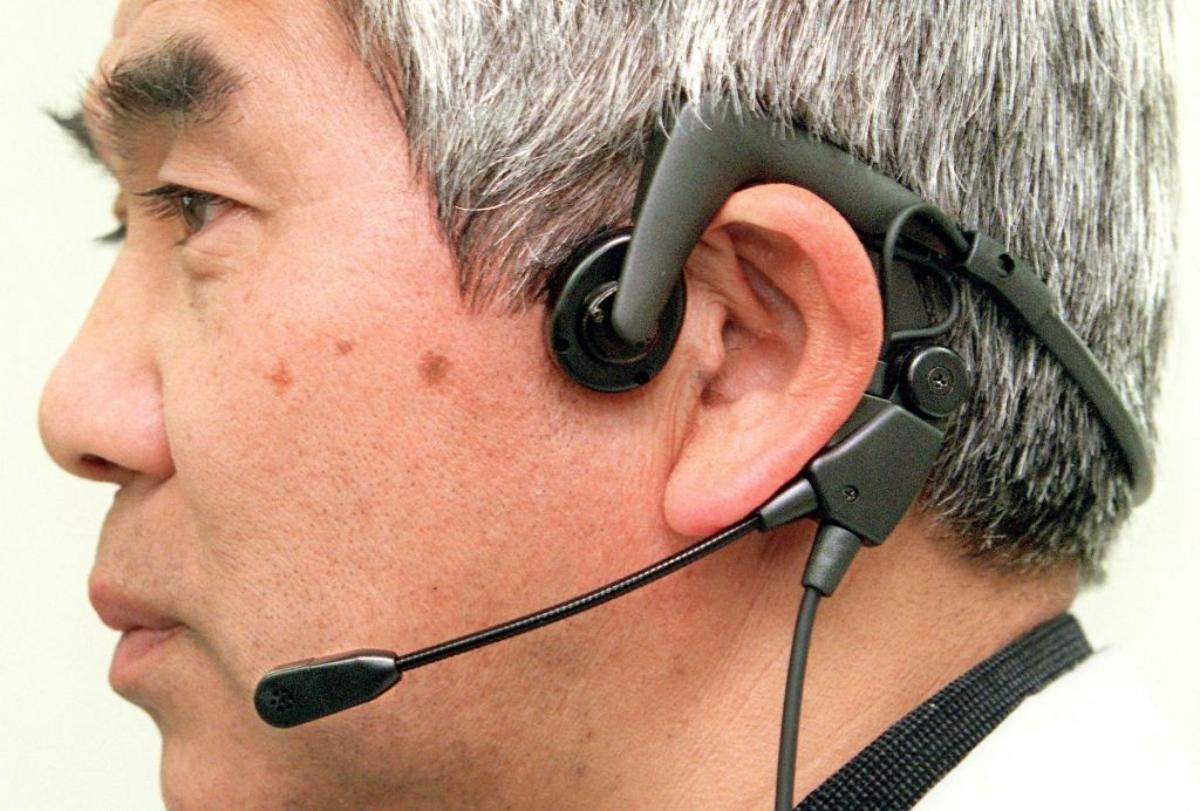
Frequently Asked Questions
Are There Any Side Effects To Bone Conduction Headphones?
Bone-conduction headphones can cause discomfort or irritation if worn for long periods. Users may experience headaches or ear fatigue. Some individuals may find the sound quality lacking compared to traditional headphones. Always choose a comfortable fit to minimize potential side effects.
Are Bone Conduction Headphones Safe For the Brain?
Bone-conduction headphones are generally safe for the brain. They transmit sound through the skull, avoiding direct ear canal exposure. Research shows no harmful effects on brain function. Users should follow manufacturer guidelines for optimal safety and comfort. Always consult with a healthcare professional for personalized advice.
Is Bone Conduction Good For Health?
Bone conduction is generally safe and can benefit hearing health. It bypasses the eardrum, making it useful for those with hearing loss. This method can also reduce ear fatigue and improve sound quality. Always consult a healthcare professional for personalized advice regarding your hearing health.
Conclusion
Bone conduction headphones offer a unique listening experience while keeping your ears open to your surroundings. They can be safe for many users, especially during activities like running or cycling. Always choose reputable brands and follow usage guidelines to ensure your safety and comfort.
Enjoy your music while staying aware!
